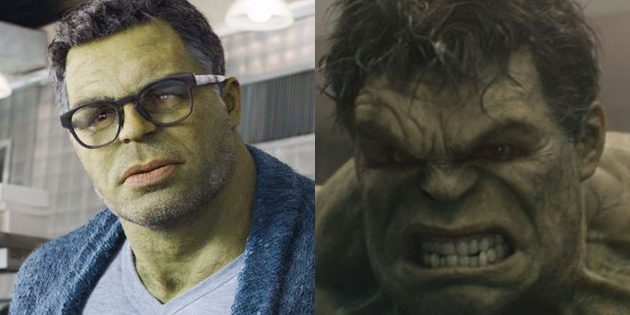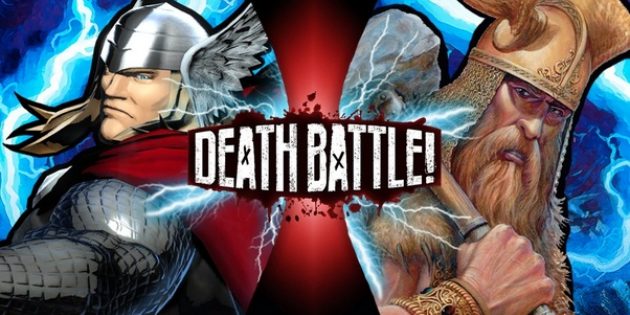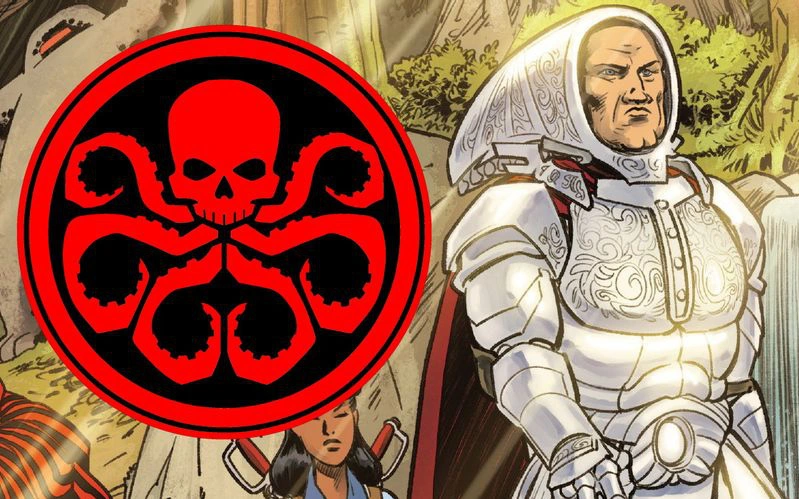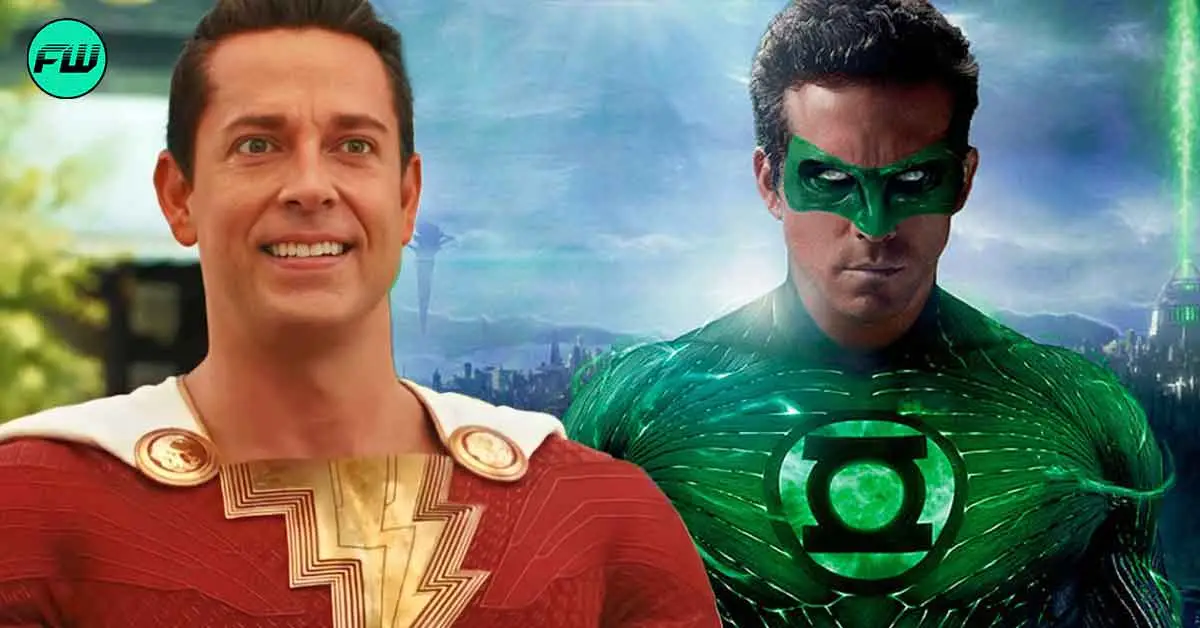Tom Holland’s version of Spider-Man in the MCU is still missing many powers that the character displays in Marvel Comics. After a deal was struck between Marvel Studios and Sony, Tom Holland brought Peter Parker to life in the MCU, debuting in Captain America: Civil War, and going on to have a solo trilogy that culminated in Phase 4’s Spider-Man: No Way Home. There are still many more Spider-Man stories left to tell in the MCU, and with Spider-Man 4 already in development at Marvel Studios, it’s likely that more of Peter Parker’s impressive abilities will be showcased as the web-slinger’s story continues to unfold.
Spider-Man’s most common abilities are very well known, particularly since the character has been adapted into live-action for both Sony and Marvel Studios feature films three times. Tobey Maguire, Andrew Garfield, and Tom Holland all portrayed the friendly neighborhood Spider-Man, and each demonstrated similar power-sets after they were bitten by genetically-modified spiders. While this origin story hasn’t yet been told in the MCU, Parker’s spider bite granted him the abilities of a spider, including wall-crawling abilities, enhanced strength, stamina, speed, and reflexes, and the “Spider-Sense,” which allows him to sense threats around him. Even so, there are several Spider-Man powers from Marvel Comics that haven’t been seen in the MCU.
Peter Parker Had A Psychic Alignment With Spiders In Marvel Comics

After an altercation with Adriana Soria, a.k.a. the Spider-Queen, which leads to her genetic manipulation of Peter Parker’s body, Marvel Comics’ Spider-Man finds himself with a few extra abilities. This included a psychological connection to the surrounding environment, and to a variety of spiders and insects, similarly to how Ant-Man is connected to the world’s ant populations. While this didn’t allow Parker to actually communicate with spiders, he developed a more empathic and sympathetic relationship with them following his near-transformation into a spider himself.
Spider-Man Has An Enhanced Regeneration Ability

One of Spider-Man’s key abilities that hasn’t been demonstrated fully in the MCU is the web-slinger’s enhanced regenerative factor. Peter Parker is able to heal any injury at rapid speed, something which was demonstrated in Sam Raimi’s Spider-Man trilogy as Parker’s eyesight was repaired overnight, negating the need for his glasses. In Marvel Comics, Spider-Man has been able to heal his blindness, a broken arm, and third-degree burns much faster than the average human, though he often compares his ability to that of Wolverine’s, which is much faster. Spider-Man has taken some serious blows in the MCU, but his regenerative factor hasn’t actually been mentioned at all.
Marvel Comics’ Peter Parker Is Immune To Diseases & Radiation

Another of Marvel Comics’ Spider-Man’s abilities is an immunity to drugs, diseases, and radiation that would be lethal to any regular human. Parker’s spider bite granted him a remarkably fast metabolism, which not only allowed for his muscular physique to develop in record time, but also means he can recover from toxins much faster than normal. This allowed him to recover from thousands of bee stings in under 24 hours, completely heal from the Vulture throwing acid in his face, and fight off the effects of vampirism, as his blood fought the enzymes responsible for the transformation – which may become important when Mahershala Ali debuts as the MCU’s Blade.
Spider-Man Is Able To Track Certain Radio Frequencies
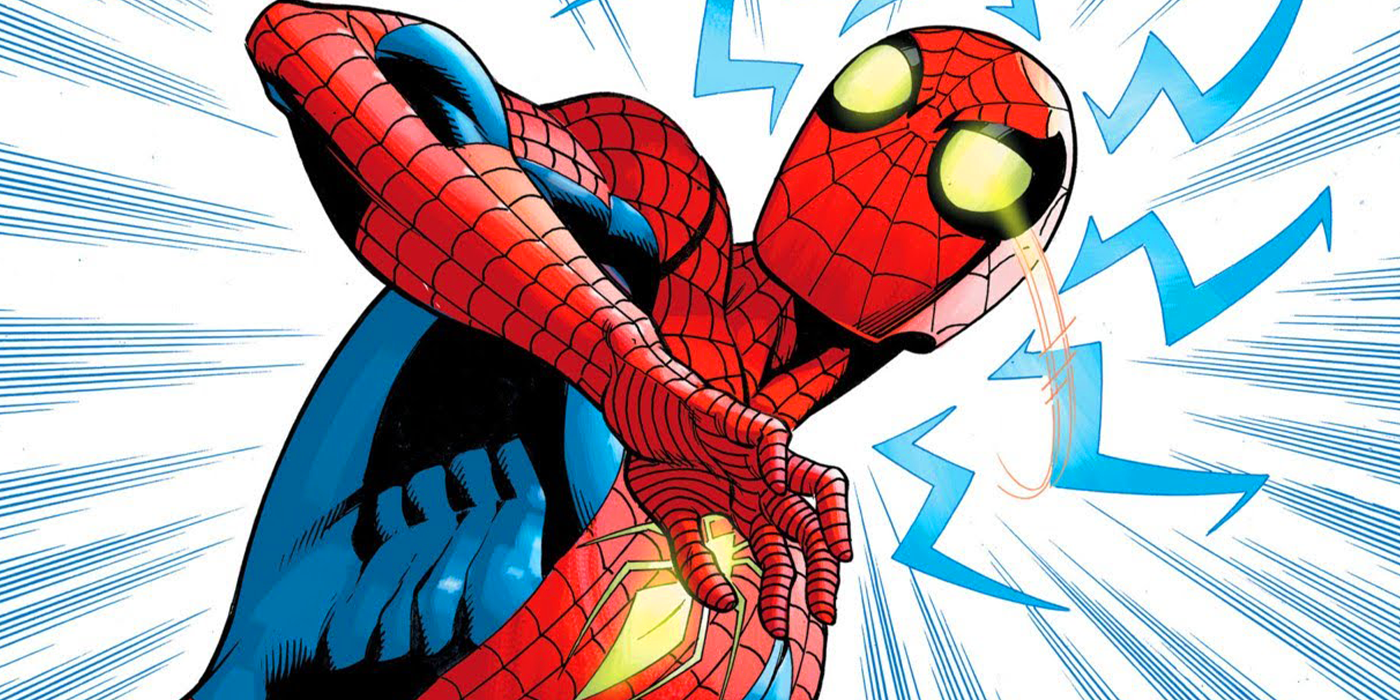
Before Spider-Man: Far From Home, Peter Parker’s Spider-Sense had only been briefly glimpsed, particularly in moments when his hairs stand on-end in Avengers: Infinity War, or when he senses Thanos’ snap. Initially referred to as “the Peter tingle”, the MCU’s Spider-Sense was developed much further in Spider-Man: No Way Home, but one key aspect of this ability has yet to be seen. In Marvel Comics, Spider-Man can use his Spider-Sense to track certain radio frequencies, allowing him to more effectively listen to police radio scanners and fight crime in New York City with his Spider-Tracers.
Spider-Man Had Night Vision After He Was Evolved By The Other
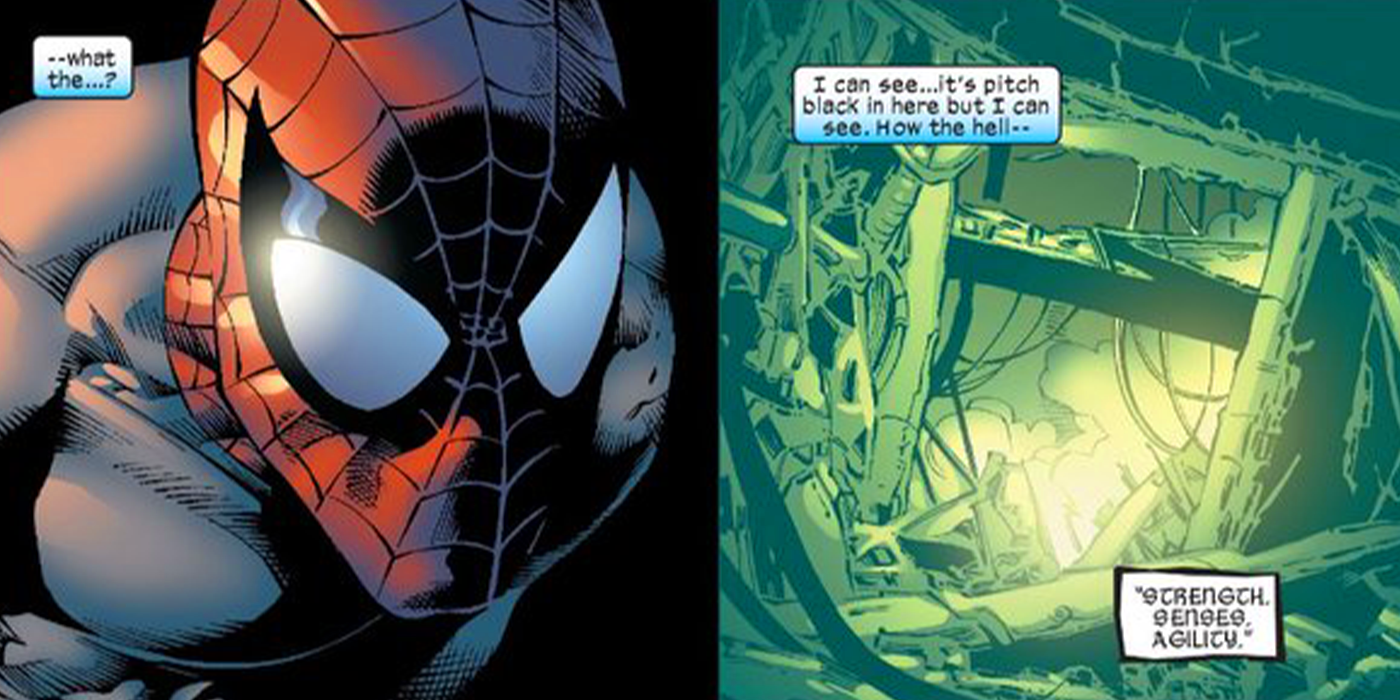
Following an attack by the supervillain Morlun in a 2005 story arc titled The Other, Peter Parker is presumed dead by the Avengers, but returns after conversing with the Great Weaver, a spider-like deity worshiped by the Spider Society. Now embracing his more arachnid qualities, Spider-Man showcases new abilities, including the power to see in the dark with perfect night vision. Peter Parker’s “Other” side enhanced several of his abilities, making him stronger, faster, more durable, and allowing him to stick any part of his body to any surface, enhancing his wall-crawling skills, but his new night vision became particularly helpful in the following stories.
Peter Parker Could Heal Inside A Cocoon In Marvel Comics

Another gift granted to Spider-Man after his transformation by the Other provided a spin on his regenerative healing factor. This allowed him to spin himself a cocoon with his webbing, which would rapidly heal him from even near-death conditions in rapid speed. This also allowed Spider-Man to shed his skin and revitalize himself, just as spiders do once in their own lifetimes. These abilities haven’t been seen in the MCU, but with Marvel Studios leaning into more body horror aspects with projects such as Doctor Strange in the Multiverse of Madness and Werewolf By Night, it’s possible that this route could be taken for Spider-Man’s MCU future.
Spider-Man Could Grow Large Stingers From His Wrists (& Had Fangs)

Perhaps the most transformative of Spider-Man’s “Other” powers was his ability to grow large, retractable, razor-sharp “stingers” from his wrists, each one able to release a venom that could paralyze his enemies. While an injection of this venom would incapacitate any human, a blow from one could also prove fatal, as it did during Parker’s battle with Morlun. As well as stingers, Peter Parker grew a mouthful of razor-sharp fangs that he used to deliver the landing blow to Morlun. These powers were eventually taken away after Spider-Man struck a deal with Mephisto, though it’s possible they could pop up in the MCU, no matter how outlandish they may seem.
Marvel Comics’ Spider-Man Once Had The Powers Of The Lizard

Rhys Ifans’ Dr. Curt Connors was the primary antagonist for Marc Webb’s The Amazing Spider-Man, later reprising the role of the Lizard for Spider-Man: No Way Home, but the MCU’s version of the character hasn’t yet been seen. During a battle against the Lizard in Marvel Comics, Peter Parker is exposed to the scientist’s Enervator, which transformed Parker himself into the Lizard, gifting him the powers of the reptilian villain while also harboring his own spider-like abilities. Connors’ appearance in No Way Home perhaps suggests he won’t reappear in the MCU’s future, so it’s likely this storyline will never be adapted.
The A-Plus Picotech Mutation Turned Peter Parker Into A Spider
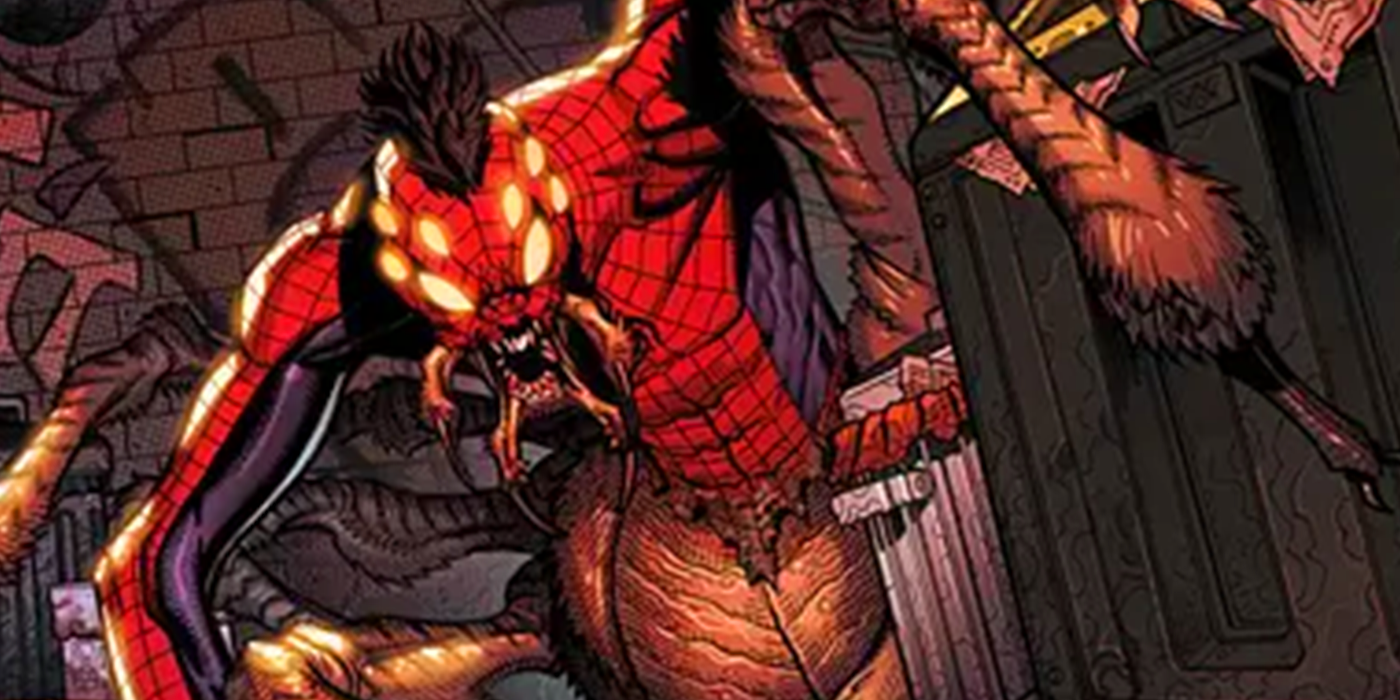
After Peter Parker was exposed to the Immaculatum’s A-Plus mutagen and air-dropped on the Island of the Damned, his body underwent a massive transformation that saw him change into a monstrous form, with his lower body taking on the appearance of a giant spider. This granted him the ability to fire organic red webbing instead of the synthetic webbing he’s previously used, also allowing him to connect his mind to those he cocooned within. Parker’s human side eventually reasserted itself, though without his empathy or emotions, though he was eventually fully restored to his normal, human self. This would be a dramatic, yet grotesque, story to tell in the MCU.
Peter Parker Became The Spider-Hulk In Marvel Comics

Marvel Studios introduced (or reintroduced) several Hulk characters in the MCU during Phase 4, and more are set to come in Phase 5, so Peter Parker’s transformation into Spider-Hulk could be on the cards for Tom Holland’s Spider-Man. In Marvel Comics, Parker becomes Spider-Hulk during a battle with Bruce Banner, which sees the web-slinger absorb the Hulk’s gamma radiation from the Biokinetic Energy Absorber, allowing him to harness the powers of the Hulk. This event occurs again during a fight the Red Hulk, and during a battle between the Hulk and Loki, so it’s possible that the MCU’s Spider-Man could take on the Hulk’s power in a future storyline.




